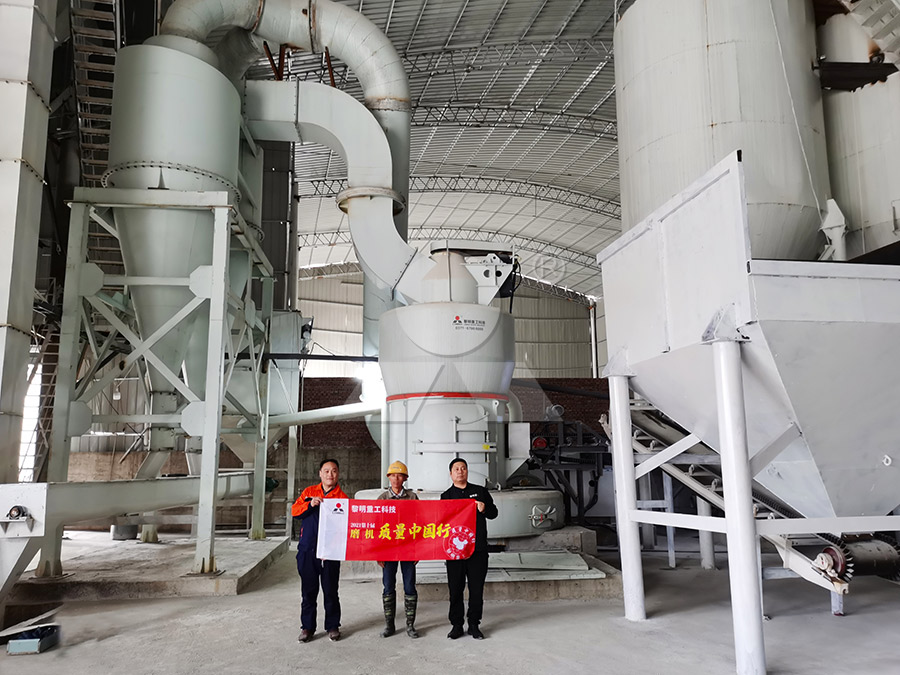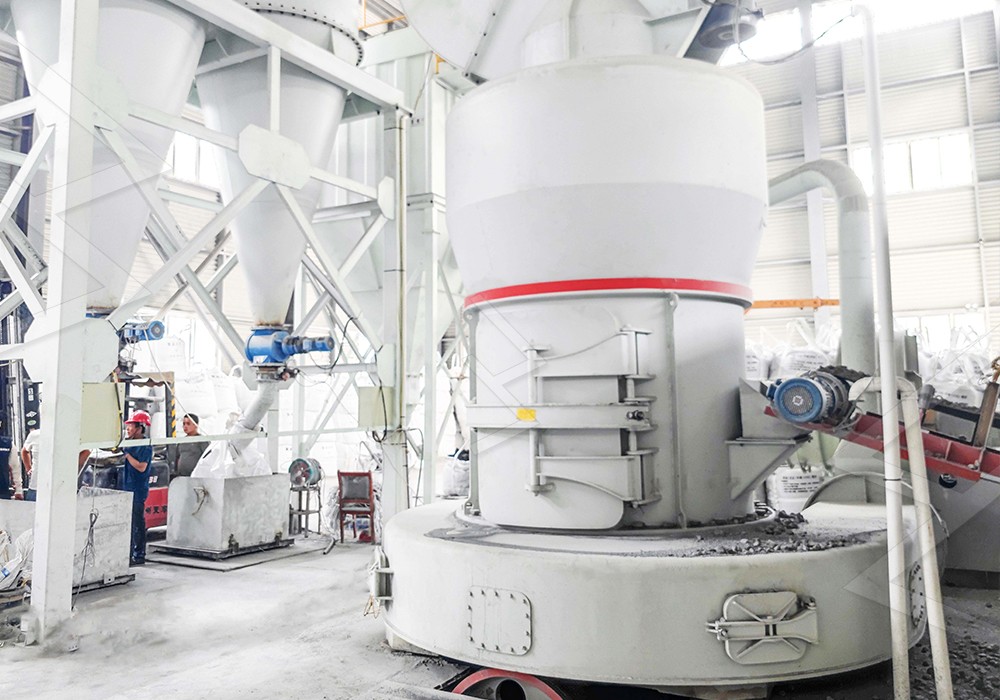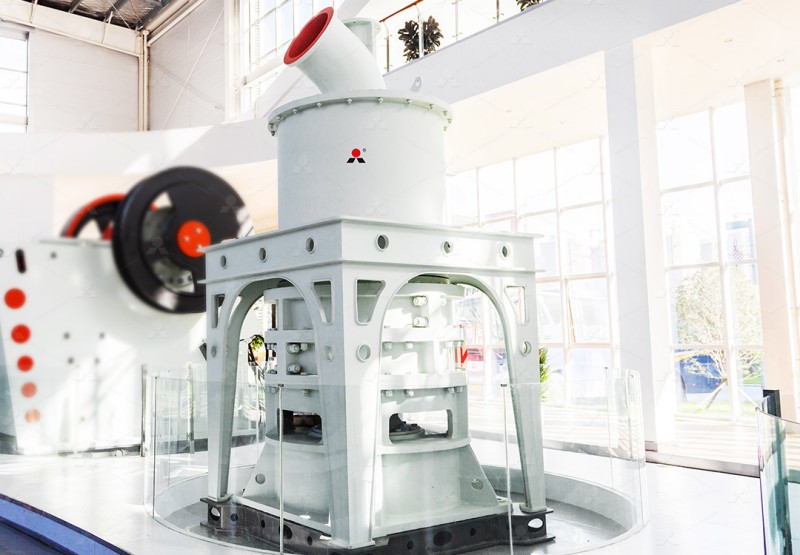Attrition Mill vs Hammer Mill: Key Differences and Applications
We provide a wide range of mills — including Raymond mill, trapezoidal mill, vertical mill, ultrafine mill, and ball mill, obtained ISO9001 international quality certification, EU CE certification, and Customs Union CU-TR certification. Suitable for processing minerals such as limestone, phosphate, quicklime, kaolin, talc, barite, bentonite, calcium carbonate, dolomite, coal, gypsum, clay, carbon black, slag, cement raw materials, cement clinker, and more.
The discharge range of these mills can be adjusted to meet specific processing needs, typically from 80-400 mesh, 600-3250 mesh, and can achieve the finest particle size of up to 6000 mesh(D50).
If you are looking for a reliable grinding solution to turn stone or minerals into fine powder, please feel free to contact our online customer service.
Attrition Mill vs Hammer Mill: Key Differences and Applications
When it comes to size reduction in various industries, two of the most common types of equipment are attrition mills and hammer mills. While both are designed to reduce particle size, they operate on fundamentally different principles and are suited for distinct applications. Understanding these differences is crucial for selecting the right equipment for your specific needs.
How They Work: Fundamental Operating Principles
Hammer Mills utilize a straightforward mechanism: rotating hammers or blades impact materials against stationary screens or plates until they break apart into smaller particles. This impact-based grinding is typically a single-stage process that works well for coarse to medium grinding applications. The final particle size is largely determined by the size of the screen openings.

Attrition Mills, in contrast, employ a more gradual approach to particle reduction. They use two surfaces rubbing against each other with the material in between, creating a shearing and compression action that wears down particles through friction. This method generates less heat than impact milling and allows for more precise control over final particle size distribution.
Key Differences at a Glance
- Mechanism: Hammer mills use impact force; attrition mills use rubbing and compression
- Energy Efficiency: Attrition mills generally consume less energy per ton of processed material
- Heat Generation: Hammer mills generate more heat, which can be problematic for heat-sensitive materials
- Particle Size Control: Attrition mills offer finer control over final particle size distribution
- Noise Levels: Hammer mills are typically louder due to the impact nature of their operation
- Wear and Tear: Hammer mills generally experience more wear on components
Applications: Where Each Excels
Hammer Mills are ideal for:
- Coarse to medium grinding of friable materials
- Size reduction of grains and cereals in food processing
- Recycling applications (e.g., electronic waste, cardboard)
- Crushing minerals and ores in mining operations
- Pulverizing coal in power generation

Attrition Mills are better suited for:
- Fine and ultra-fine grinding applications
- Processing heat-sensitive materials
- Wet grinding operations
- Creating uniform particle size distributions
- Applications requiring minimal contamination
When to Choose Which Technology
The choice between attrition and hammer milling depends on several factors including desired final particle size, material characteristics, production capacity requirements, energy consumption considerations, and budget constraints.
For operations requiring ultra-fine powders with precise particle size control, especially in industries like pharmaceuticals, cosmetics, and high-value chemicals, attrition mills are often the superior choice. Their ability to produce consistent results with minimal heat generation makes them invaluable for temperature-sensitive applications.
Our Recommended Solution: MW Ultrafine Grinding Mill
For operations requiring precision grinding with exceptional control over particle size, our MW Ultrafine Grinding Mill represents the pinnacle of attrition milling technology. With an input size capacity of 0-20 mm and throughput ranging from 0.5-25 tph, this machine is engineered for customers who need to make ultra-fine powder with consistent quality.
The MW Ultrafine Grinding Mill features several innovative technologies including a cage-type powder selector with German engineering that effectively increases the precision of powder separation. The fineness can be adjusted between 325-2500 meshes, with screening rates achieving d97≤5μm in a single pass. Unlike many competitors, our design eliminates rolling bearings and screws in the grinding chamber, virtually eliminating concerns about bearing damage or machine failure due to loose fasteners.

What truly sets the MW Ultrafine Grinding Mill apart is its eco-friendly operation. The integrated efficient pulse dust collector and muffler reduce both dust and noise pollution, ensuring compliance with national environmental protection standards. The higher yielding, lower energy consumption design makes it 40% more efficient than jet grinding mills and twice as productive as ball grinding mills, while using only 30% of the energy of jet grinding systems.
For applications requiring even finer control with vertical configuration, our LUM Ultrafine Vertical Grinding Mill offers exceptional performance with input sizes of 0-10 mm and capacity of 5-18 tph. This mill integrates ultrafine powder grinding, grading and transporting in a single system, representing the latest advancement in grinding technology with features like more energy-saving multi-head powder separating technology and double position-limiting technology for stable operation.
Conclusion
Both hammer mills and attrition mills have their place in modern industrial processing. The key to optimal operation lies in matching the technology to your specific material characteristics and production requirements. For operations demanding ultra-fine powders with precise particle distribution and minimal heat generation, advanced attrition mills like our MW Ultrafine Grinding Mill provide unmatched performance and efficiency.
When evaluating your milling needs, consider not just the initial equipment cost but also long-term operational expenses, maintenance requirements, and the value of consistent product quality. The right investment in grinding technology can yield significant returns through improved product quality, reduced energy consumption, and lower maintenance costs over the equipment’s lifespan.
